Battle of Greenbrier River
Introduction
Text-to-speech Audio
Images
Map of Greenbrier River Battle
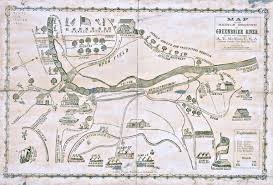
The Greebrier River Battle site.
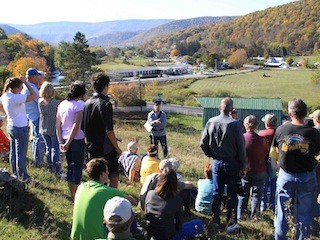
General Joseph J. Reynolds, who commanded Union troops at the battle. He later commanded different Union corps in the deep South. A decade after the Civil War, he was court-martialed for misconduct in the Great Sioux War of 1876.
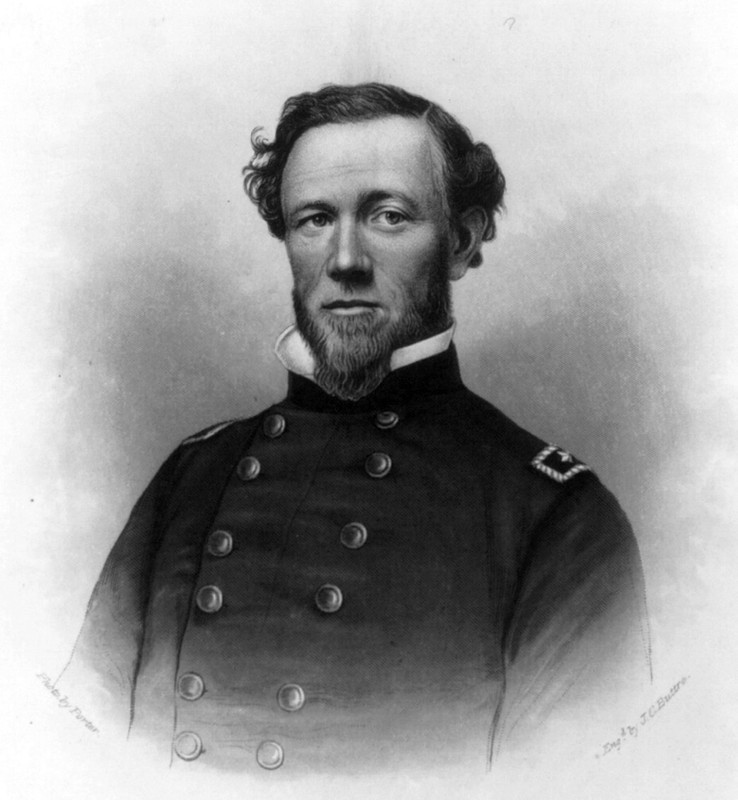
General Robert Milroy. Aggressive to a fault, he commanded Union troops two months later at the Battle of Allegheny Mountain. He was defeated by Stonewall Jackson at the Battle of McDowell, and again by General Ewell at 2nd Winchester.
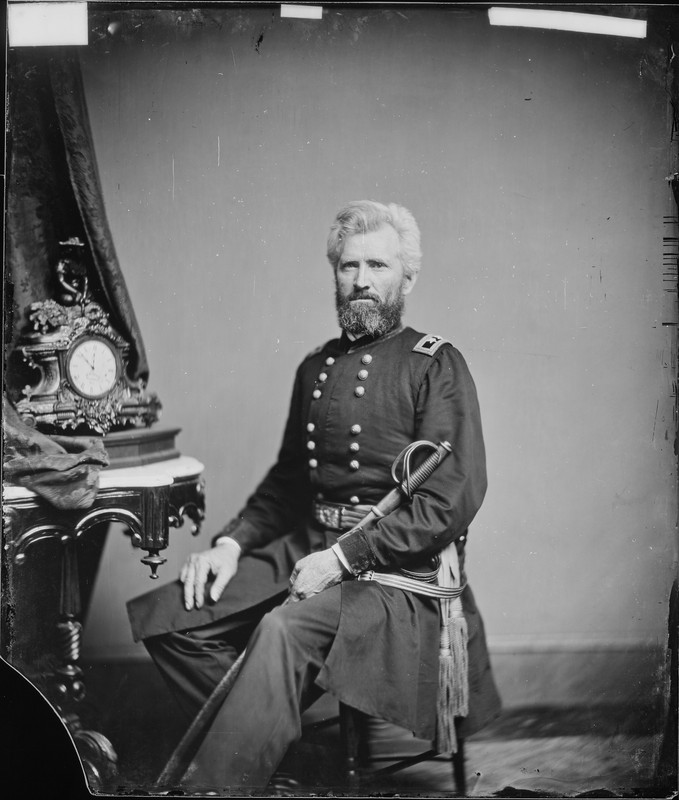
Union Col. Nathan Kimball, who led the attack on the Rebel right. Later in the war he served with distinction at Antietam and Fredericksburg, then served in the Western Theater and became a personal friend of William T. Sherman.

General Henry R. Jackson, Confederate commander during the battle. As a lawyer before the war, he often served in Confederate military courts. In 1864 he was captured at the Battle of Nashville.
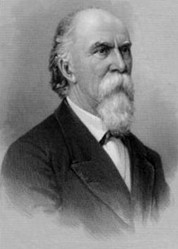
General William B. Taliaferro commanded the Rebel center during the battle. Later served under Stonewall Jackson, with whom he had a contentious relationship. Also commanded at Battery Wagner in 1864 against the attack of the 54th Massachusetts.
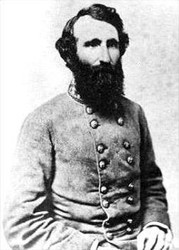
Col. Edward Johnson, who served under Stonewall Jackson later and eventually rose to the command of a division. Greatly respected even by Robert E. Lee. He was captured at Spotsylvania and again at Nashville in 1864.
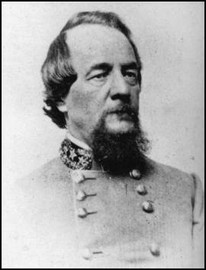
Famed author Ambrose Bierce served with the Union at the Battle of the Greenbrier River. His short piece, "A Bivouac of the Dead" is about a small cemetery that remains at Camp Bartow.
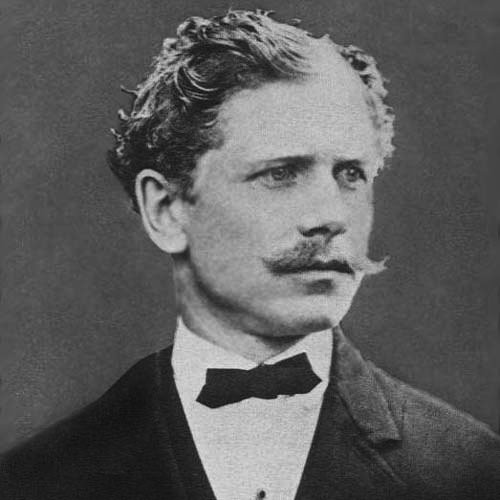
Joe Geiger, Jr.'s text contains a detailed account of the battle, as well as the subsequent months of the Tygart Valley Campaign.
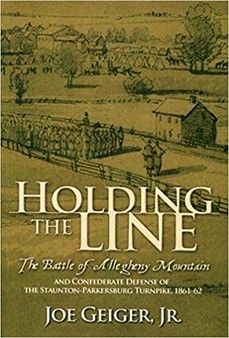
W. Hunter Lesser's book is an excellent resource on the battle and events preceding it in Civil War West Virginia.
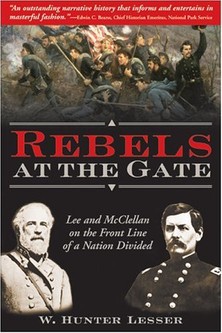
Backstory and Context
Text-to-speech Audio
Sources
2. "Battle of Greenbrier River (October 3, 1861)," Accessed November 2, 2014, http://www.ohiocivilwarcentral.com/entry.php?rec=718&PHPSESSID=0068d44627ed900de9f492844b2f3a5a
3. "The Battle on Greenbrier River," Accessed November 2, 2014, http://www.perseus.tufts.edu/hopper/text?doc=Perseus%3Atext%3A2006.05.0295%3Aarticle%3D25
4. Geiger, Joe Jr.. Holding the Line. Charleston, WV. Quarrier Press, 2012. pp.30-53
